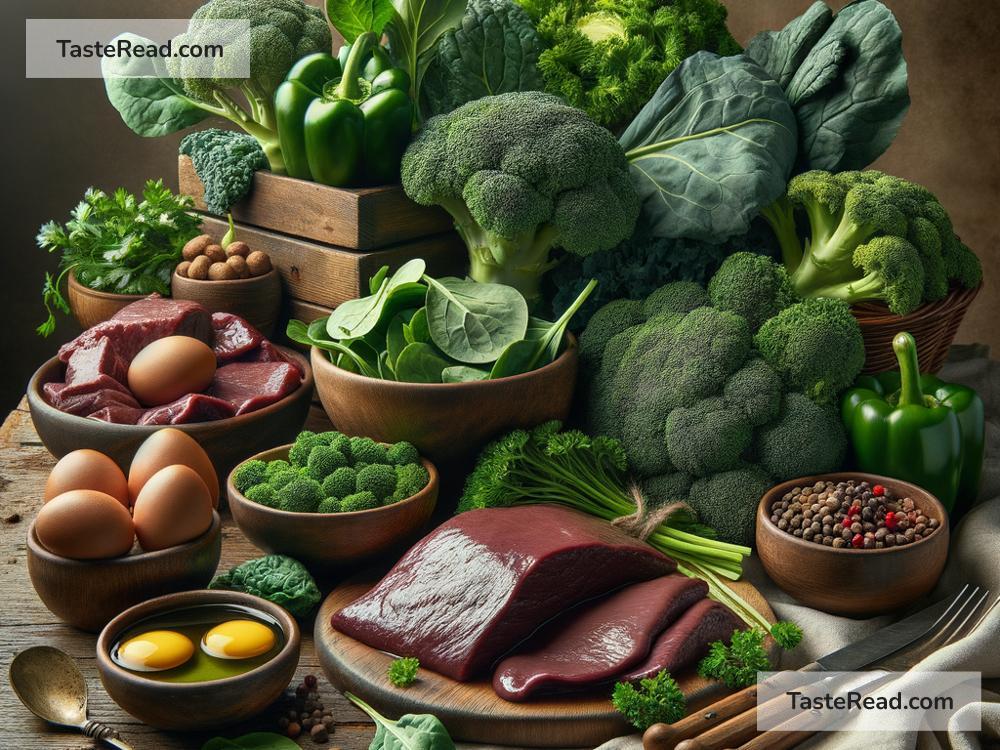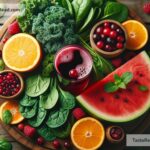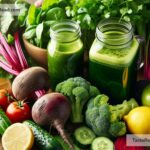Foods That Promote Blood Clotting: What You Need to Know
Blood clotting is an essential process in our body that stops bleeding when we get injured. Without it, even a small cut could pose a big danger. Blood clotting depends on things like platelets (tiny cells in the blood) and proteins called clotting factors. But did you know that the foods we eat can also influence how well our blood clots? In this article, we’ll dive into some common foods that promote blood clotting—explained in simple terms so everyone can understand.
Why Is Blood Clotting Important?
Before we talk about specific foods, let’s understand blood clotting itself. When you hurt yourself, blood vessels in that area get damaged. To stop the bleeding, your body sends platelets to form a temporary seal. Alongside platelets, clotting factors step in to create a stronger, more lasting clot. This process helps you heal and prevents excess blood loss.
While blood clotting is necessary, too much clotting can be harmful and lead to problems like strokes, heart attacks, or deep vein thrombosis (DVT). Similarly, insufficient clotting can cause excessive bleeding. That’s why maintaining a healthy balance is so important—and your diet plays a role in this.
How Do Foods Affect Blood Clotting?
Certain nutrients and substances in foods can either speed up or slow down the clotting process. For example, vitamin K is a crucial nutrient that supports blood clotting. Without enough vitamin K, your body might struggle to form clots effectively. On the other hand, foods rich in omega-3 fatty acids can thin the blood and reduce clotting. Knowing which foods to choose (or avoid) is vital for people with health conditions related to clotting, such as hemophilia or those who take blood-thinning medications.
Foods That Promote Blood Clotting
Here are the top foods known to encourage clotting, thanks to their vitamin K content or other clot-benefiting properties:
1. Leafy Green Vegetables
When it comes to clot-friendly foods, leafy greens are at the top of the list. Foods like spinach, kale, collard greens, broccoli, and Swiss chard are loaded with vitamin K. Just one cup of raw spinach meets almost 100% of your daily vitamin K needs. If your body needs help with clotting, adding more greens to your diet can be a smart move.
2. Brussels Sprouts
Brussels sprouts are another powerhouse for promoting blood clotting because of their vitamin K levels. In addition to supporting clotting, these veggies are high in fiber and antioxidants, which make them a healthy choice overall.
3. Cabbage
Cabbage, both raw and cooked, is packed with vitamin K and other nutrients that promote healthy blood circulation. It’s a versatile vegetable that can be added to soups, salads, or stir-fries. For those struggling with clotting issues, cabbage is worth including in your meals.
4. Liver
Animal liver, especially chicken or beef liver, is rich in vitamin K as well as iron. Iron plays a vital role in maintaining healthy blood production. If leafy greens aren’t your thing, liver can be an excellent alternative to improve blood clotting. However, liver is also high in cholesterol, so it’s important to consume it in moderation.
5. Egg Yolks
Egg yolks contain moderate levels of vitamin K and can help promote clotting. They’re also a great source of protein, vitamins, and minerals, making eggs a well-rounded food choice. If you’re looking to increase your vitamin K intake, eggs are a simple and affordable option.
6. Fermented Foods
Some fermented foods, like natto (a Japanese dish made from fermented soybeans), are extremely rich in vitamin K2—a form of vitamin K that is especially effective in supporting clot formation. While natto might not be everyone’s favorite, other fermented foods like certain cheeses also provide K2.
7. Cauliflower
Cauliflower might not be as famous for its vitamin K content as spinach or kale, but it still contributes to healthy clotting. Plus, it’s low in calories and easy to prepare in a variety of dishes, making it a perfect addition to your diet.
8. Herbs and Spices
Surprisingly, some herbs like basil, parsley, and thyme also contain vitamin K. Sprinkling these on your food is an easy way to boost clot-friendly nutrients without major changes to your eating habits.
What About Vitamin Supplements?
If you find it hard to get enough vitamin K from food, supplements may help. However, it’s important to talk to your doctor before taking any supplements, especially if you’re on blood thinners or have certain medical conditions. Too much vitamin K can interfere with medications and may cause problems instead of helping.
A Word of Caution
While the foods listed above promote blood clotting, eating too much of them might not be suitable for everyone. For example, people on blood-thinning medications like warfarin need to maintain steady vitamin K levels without excessive intake. It’s always wise to consult with a doctor or dietitian to ensure that your diet is tailored to your health needs.
Conclusion
Foods play an important part in helping our bodies stay healthy—and that includes blood clotting. By consuming more vitamin K-rich foods like leafy greens, Brussels sprouts, liver, and egg yolks, you can support your body’s ability to heal and recover from injuries. However, balance is key. Always make dietary changes in consultation with a healthcare professional to ensure they align with your specific health goals.
Make smart food choices, and let your plate help keep your blood in the best shape possible!


